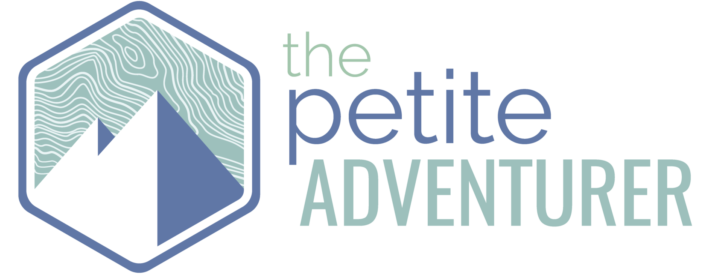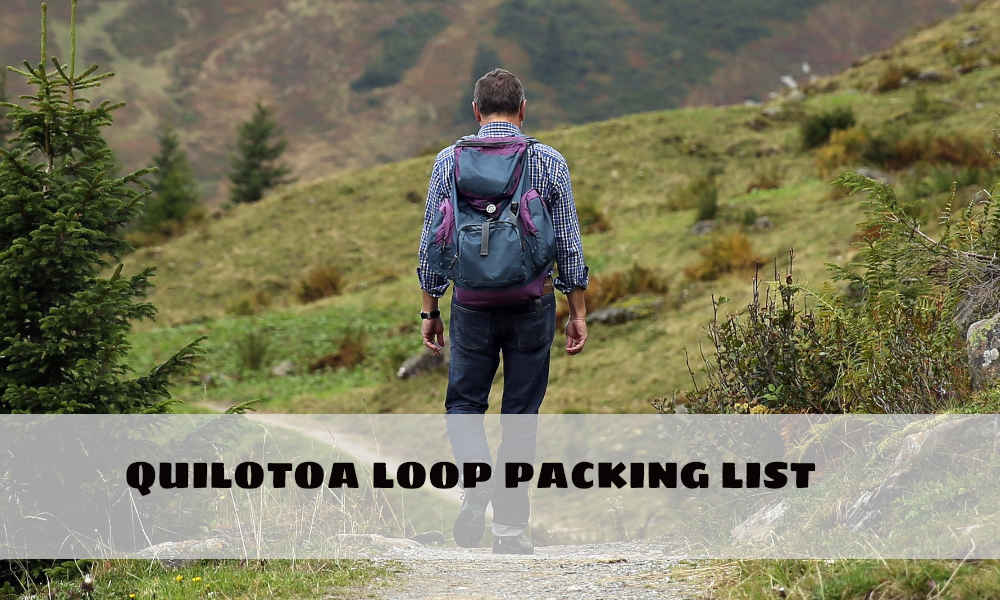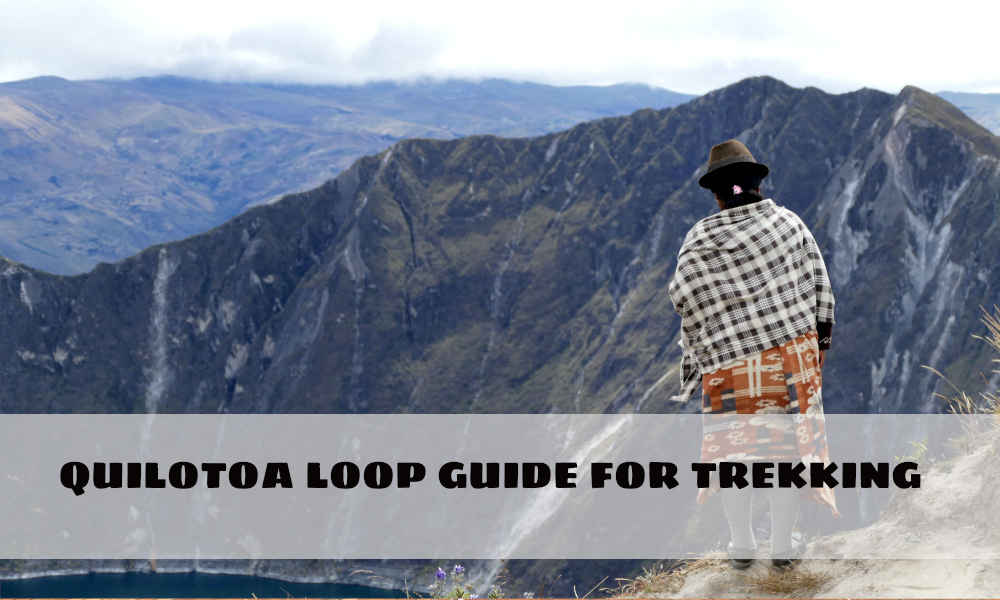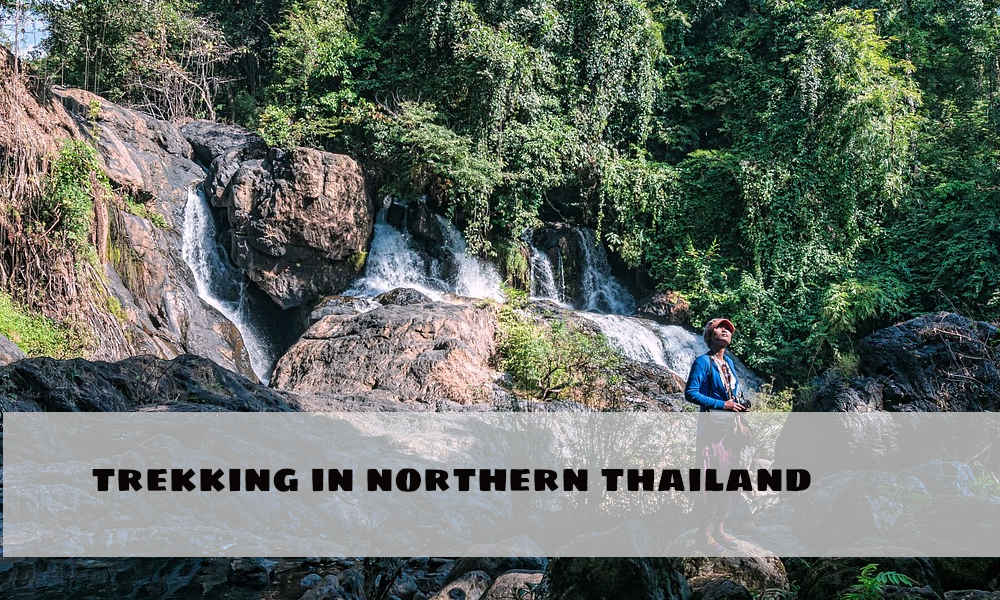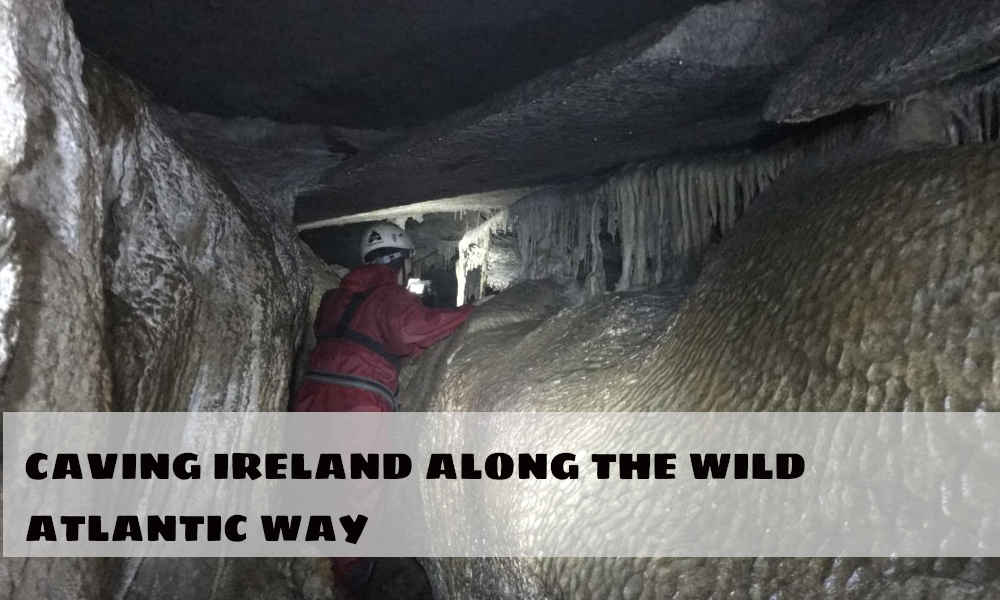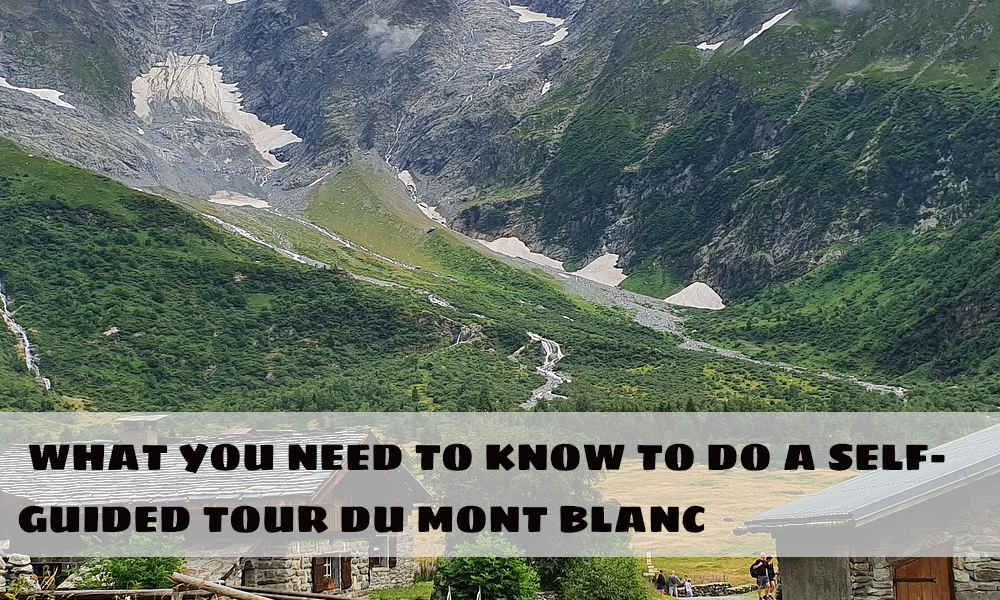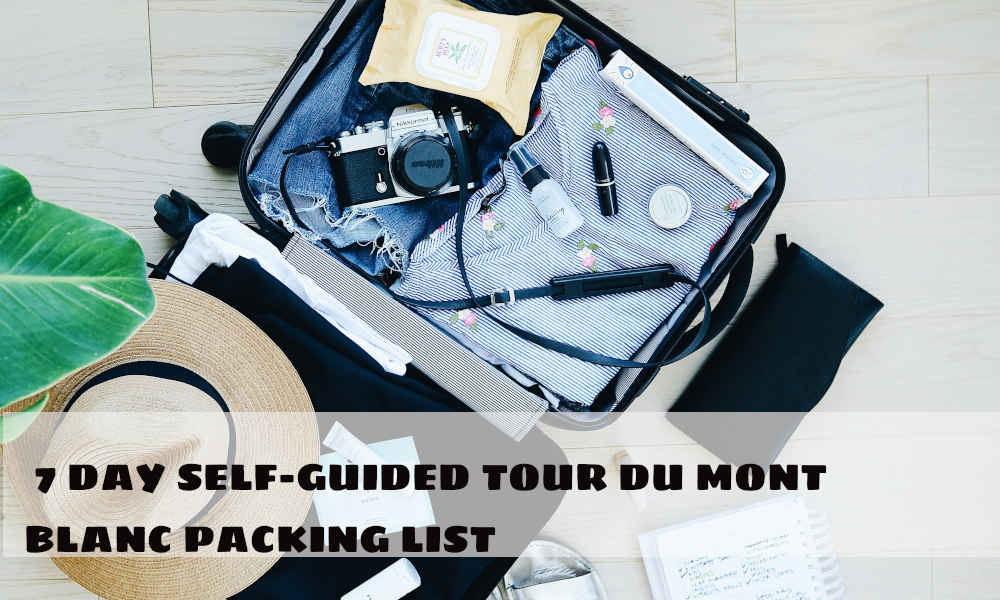Embark on an Epic Adventure: The Quilotoa Loop Packing List You’ll Ever Need for a Successful and Memorable Trek!
Quilotoa Loop Packing List: The Quilotoa Loop is an incredible way to immerse yourself in the breathtaking highlands of Ecuador’s Andes Mountains. Connecting with nature…
